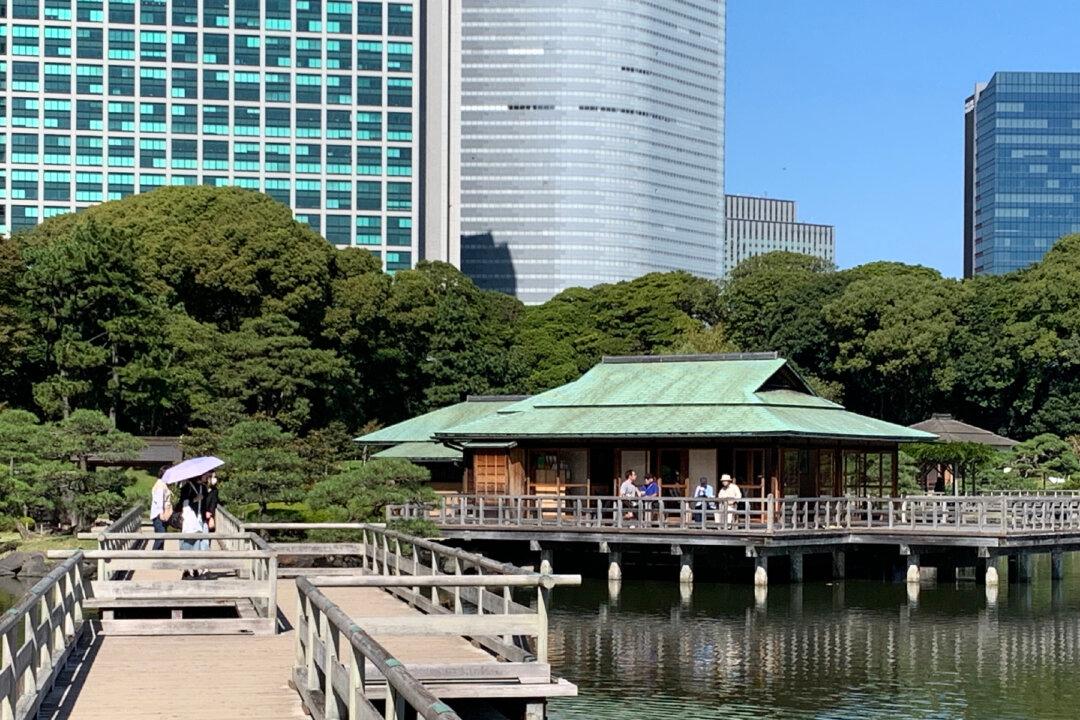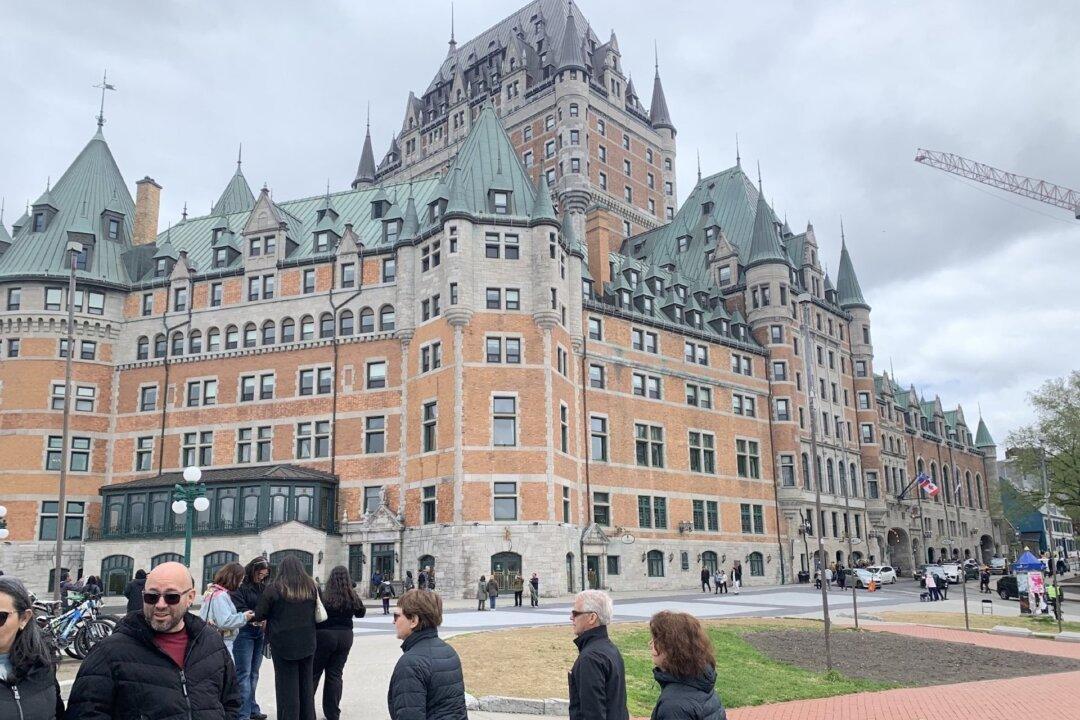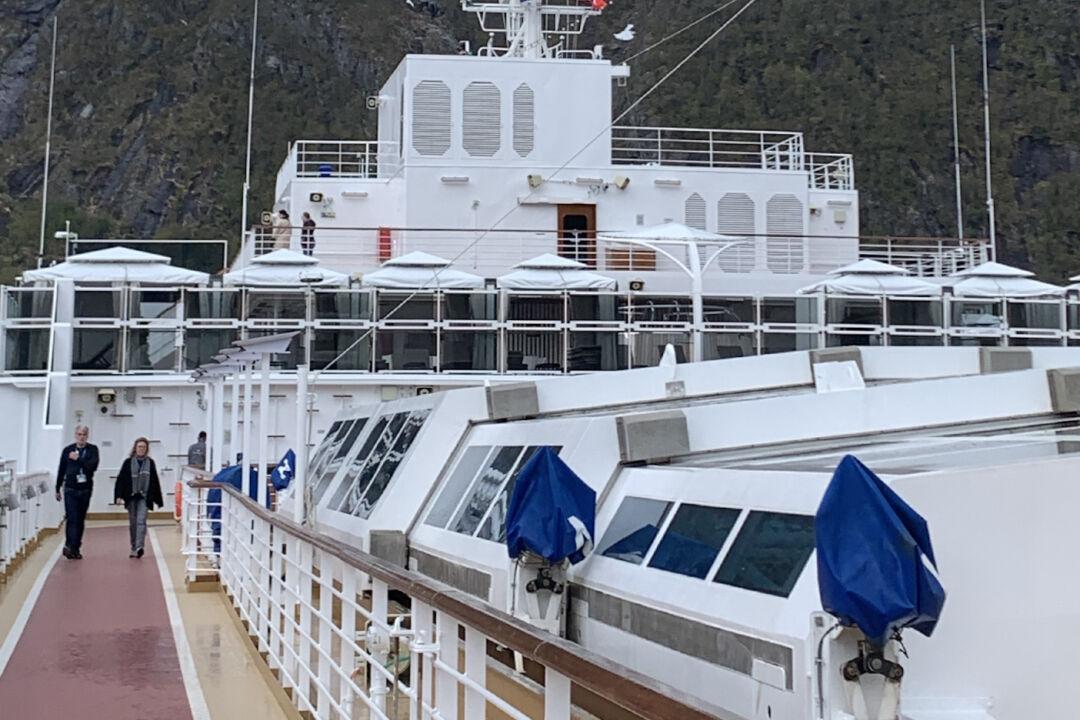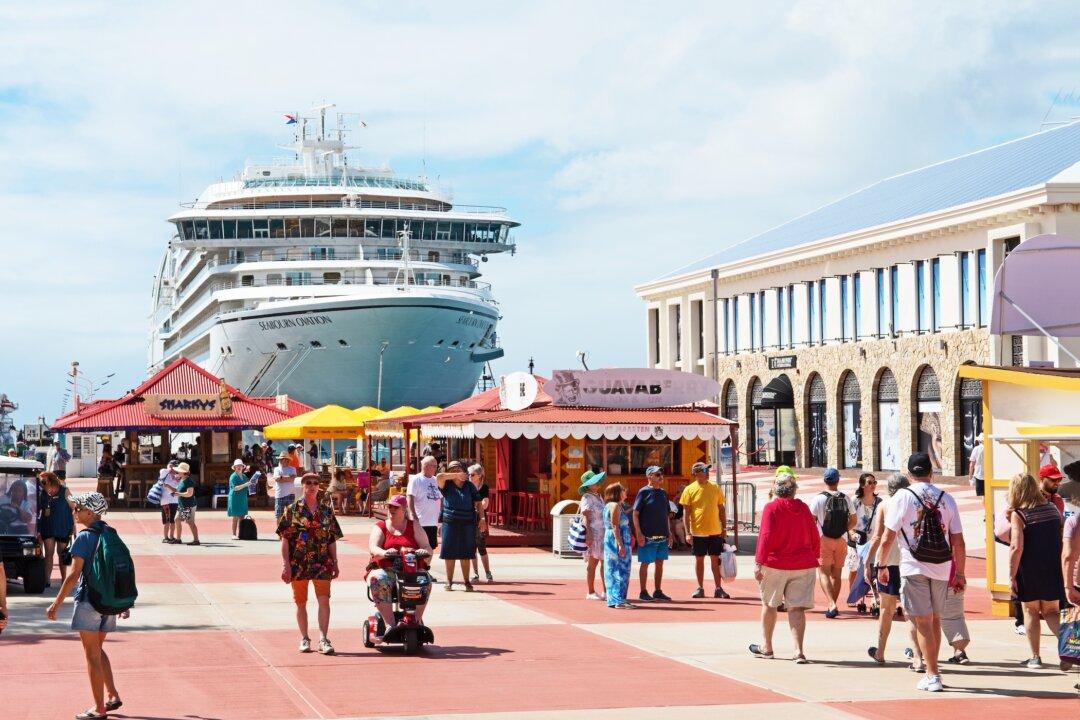As I strolled down Chuo-Dori—the main street in Tokyo’s Ginza district—on a rainy Sunday afternoon, it was magical to see pedestrians holding colorful umbrellas reflected in the damp pavement. This ritzy area with high-end designer shops is closed to traffic each weekend afternoon. And what a great outing for my husband, Carl, and me to stretch our legs, see the sights, and recover from jet lag.
We had flown into Tokyo’s Narita International Airport the evening before from San Diego with my brother, Mark; sister-in-law, Betiana; and my niece Kalea, 12. Since there were five of us with luggage, we opted to book a private van to take us for the 90-minute ride into the Ginza area of Tokyo to our hotel. It cost $260 total but was well worth it for the personalized convenience.





